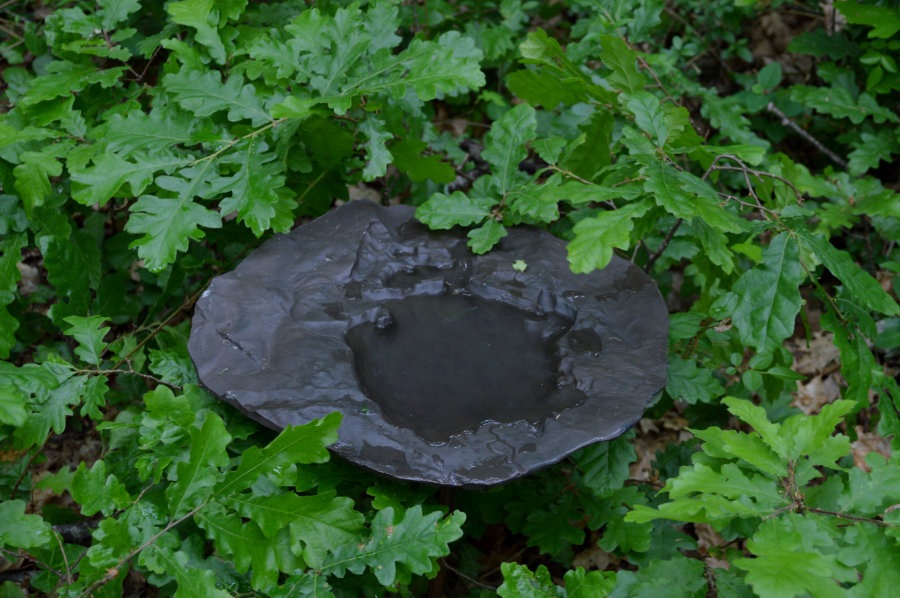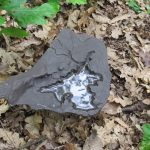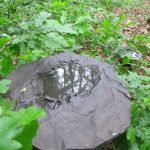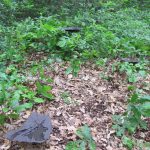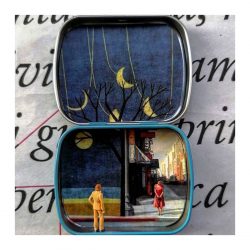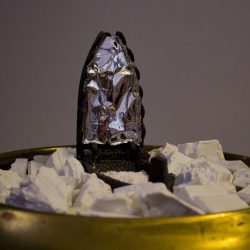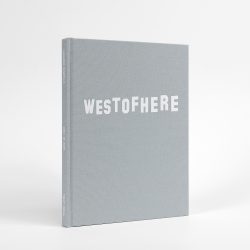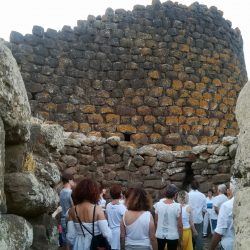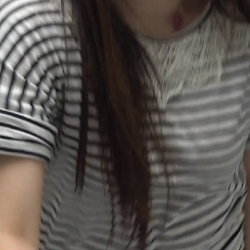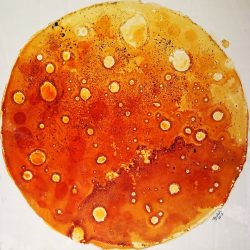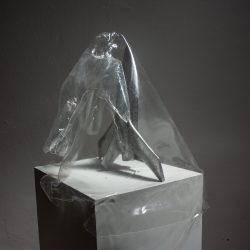work
Abbeveratoi (Tre laghi perduti)
| category | Installation |
| subject | Political / Social, Landscape, Nature |
| tags | |
| base | 300 cm |
| height | 300 cm |
| depth | 300 cm |
| year | 2022 |
Abbeveratoi (Tre laghi perduti-)Drinking bowls (Three lost lakes), black ceramic, water, 2022
...
at the same time keeping silent—for the sake of a lake
that waited in vain for a name,
and is no longer on earth—as it is in the heavens,
whose stars are no longer reflected in it.
Someone was drowning; someone dying
called out for you. That was long ago and yesterday.
W. Szymborska
These lakes / drinking bowls for wild animals are like ghosts, they tell us about places that no longer exist but that "always are", their shape belongs to three extinct (or almost) lakes in the history of the world: Lake Agasizz and Lake Copaide lost in the ancient times, and the Aral Sea a recent, progressive dissolution.
The landscape is the result of a "collective" and incessant work, it collects memories, projections of distant and familiar places, unknown morphologies and digital visions, the passage of plants, men and animals.
I've imagined these drinking bowls for birds and wild animals as three sacred presences in the wood, three micro-geographies, which cyclically fill and dry up with rainwater, renewing a mystery and the attempt to rebuild a relationship with the animal presences and the “non-human”.
...
at the same time keeping silent—for the sake of a lake
that waited in vain for a name,
and is no longer on earth—as it is in the heavens,
whose stars are no longer reflected in it.
Someone was drowning; someone dying
called out for you. That was long ago and yesterday.
W. Szymborska
These lakes / drinking bowls for wild animals are like ghosts, they tell us about places that no longer exist but that "always are", their shape belongs to three extinct (or almost) lakes in the history of the world: Lake Agasizz and Lake Copaide lost in the ancient times, and the Aral Sea a recent, progressive dissolution.
The landscape is the result of a "collective" and incessant work, it collects memories, projections of distant and familiar places, unknown morphologies and digital visions, the passage of plants, men and animals.
I've imagined these drinking bowls for birds and wild animals as three sacred presences in the wood, three micro-geographies, which cyclically fill and dry up with rainwater, renewing a mystery and the attempt to rebuild a relationship with the animal presences and the “non-human”.



